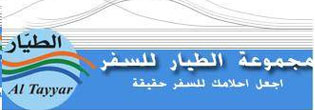Business & Finance Club - London : Investors caught in the middle of simmering global currency tensions are finding little option but to grab anything that is emerging markets as low rates and a falling dollar feed into a rush into high yielding assets.
Key finance chiefs meeting in Washington and Seoul over the coming weeks will try to sooth tensions, intensified by Japan's currency intervention, expectations of more money printing in the United States and Brazil's measures to slow capital inflows.
But such flows into emerging markets are part of investors fundamentally rebalancing their portfolio, away from low-growth advanced economies into the emerging world which some estimate will generate 85 percent of global growth in the next decade.
Emerging markets are still under-represented in global market indices. For example, emerging markets account for $3 trillion, or only 15 percent of market capitalization of the benchmark MSCI world index .MIWD00000PUS.
"It's an ultimate paradox at the moment. Investors sitting on a neutral asset allocation are only exposed 15 percent to emerging markets. You're pushing at an open door when you are talking to clients about diversifying out of the West," said Michael Power, global strategist at Investec Asset Management.
"It has become almost indiscriminate. It used to be Growth At the Right Price. Now it's almost Growth At Any Price. We're moving from emerging markets as an option to a permanent feature in asset allocation portfolio."
Friday's worse-than-expected U.S. employment report reinforced expectations the Federal Reserve would introduce more monetary easing in November, pushing the dollar toward 8-1/2 month lows .DXY against a basket of major currencies.
"There's a massive credit upgrade cycle in emerging markets. That means capital gains. Advanced economies are riskier than emerging markets. That hasn't happened in my lifetime," said Ashok Shah, chief investment officer of London and Capital.











